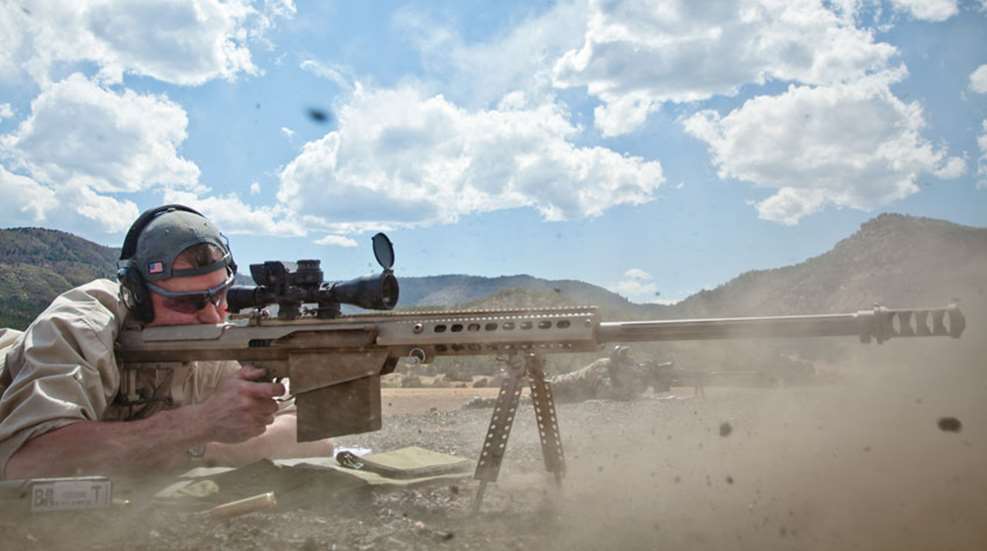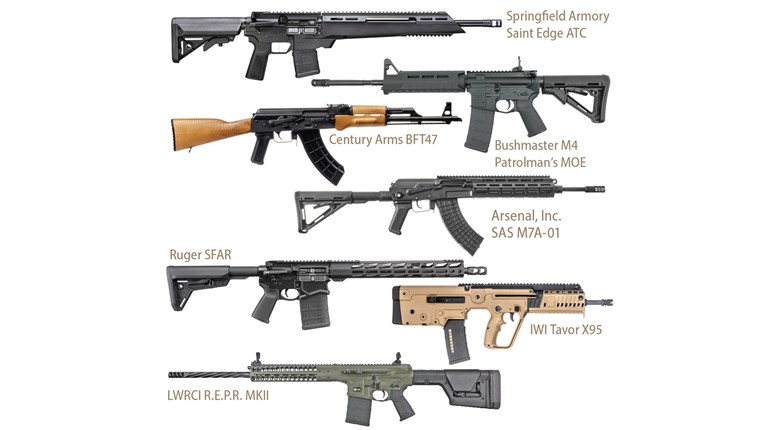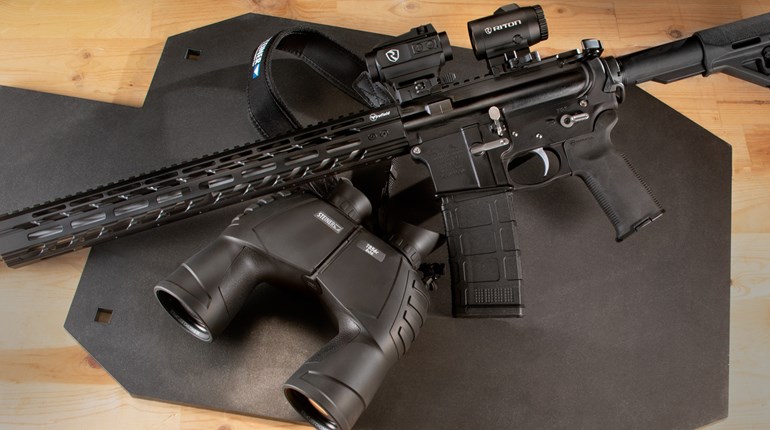
While top-shelf gear can help even mediocre shooters make hits at distance, a mastery of the basics will help achieve goals consistently.
Extreme-long-range shooters who possess the right equipment and skills have made hitting targets at silly distances a routine affair. But, just 15 years ago, claiming military snipers should be able to repeatedly hit small things a “mere” mile away, with carry-friendly rifles, was a sure way to get yourself laughed out of a serious conversation. I know this because I was right in the middle of both making that case and helping to develop systems and methods to make it a reality in those days. Moving forward to present day, we can see that advances in both technology and technique have extended accurate rifle distances far beyond where my fellow snipers and I ever imagined they would be in a miniscule span of time.
On its surface, that bit of information is not real helpful to rifle shooters who spend most of their time at 100 yards (or closer) due to range, gun and ammunition limitations. Still, you can stretch your own system’s effective range without spending thousands of dollars transforming it into a top-of-the-line, PRS- competition rig. The key is to employ a modified version of the self-evaluation process our military-sniping community uses to push its own limits. Specifically, you need to identify things that may be hamstringing your reach and then address each in turn. We are not talking about converting a .300 BLK hog gun/home defense-oriented firearm into a 600-yard-competition rifle. Rather, the goal is to simply push a bit past what are considered to be conventional ranges for everyday working rifles.
Two assumptions are made here. First, your marksmanship skills must be up to the task of shooting farther than normal. Second, your rifle should already be capable of acceptable (for your needs) accuracy at conventional distances. If your 50-yard groups look like No. 4 buckshot patterns due to either rifle quality or personal technique, those issues have to be addressed before you can push farther downrange. Once such problems are remedied, you can begin the process of achieving consistently respectable accuracy at longer ranges. As has been the case with military sniping, the aiming system is the right place to start this process.
Upgrading to an optic that provides an ability to compensate for range—either through holdover points in the reticle or through dialing up an elevation knob—is ideal. But, that is seldom the most practical and never the cheapest option. If you can incorporate a good low-power, variable optic (LPVO), go for it. If not, work on adapting what you have.
Back when my Army-issued CAR-15 wore a simple Aimpoint 5000 red dot, magnifiers did not yet exist. However, that did not preclude us from having to shoot things well beyond 100 meters away. Everyone in my element knew where to hold their red dots in order to hit center chest out to at least 300 meters, and most of us pushed it to 400 for a little extra insurance. We did so while shooting Lake City M855 “green tip” ammunition, which is not exactly a match-grade load. It takes time and effort to do that with regularity, but it is a good skill to possess. Learn the limits of your sighting system by trying different holdovers at various distances. If your reticle provides additional markings below center, figure out which distances they correspond to for your rifle and load and then memorize them.
This brings us to the next area of improvement: ammunition. We are currently in another of the rolling series of ammo shortages that have become commonplace over the past decade. Given the nature of the world today, I would not bet on this improving anytime soon. Nonetheless, if your goal is to push your rifle past the distances at which you typically shoot, try to use bullet weights that are on the heavy side respective to your bore size and twist rate. For example, in 5.56 NATO rifles, we see that 69- to 77-grain projectiles fly best out of 1:7- and 1:8-inch-twist barrels. So long as your barrel stabilizes heavier bullets and the ammunition is of consistently good quality, lean on that for your longer-range needs.
The importance of using a solid rifle support increases exponentially with distance. If you can tolerate a full-time bipod on your rifle, that setup will serve you well. However, if you are like me—mainly using bipods in static positions—then you have to come up with alternatives. A soft pack makes an excellent prone rest so long as it is high enough to provide clear lines of sight and bore while keeping your chest low to the ground. For hasty support, I will rest on a rifle’s magazine all day long and not miss a beat. Wrapping the support arm into a sling is just as helpful while prone as it is in other positions. Flat-belly shooting with nothing but arms and elbows for support requires more practice, but it is a skill worth mastering if you want to connect at long range without a rifle rest.
That last “P” word—practice—is the final piece of this puzzle. Fortunately, the well-aimed, slow fire which works best at extended distances will help to limit consumption of precious ammunition supplies while you spend time honing your skills. Instead of trying to shave tenths of seconds off of split times, concentrate on making every shot count. Go to school on missed shots so that your follow-ups will connect. Reactive targets help to signal hits when gathering aiming data, especially if you are shooting solo. Ranges that allow you to shoot paper at all distances will assist in fine tuning your holds and gauging proficiency.
A friend or range buddy acting as a spotter will help speed the process, further reducing the amount of ammo needed to figure out where to aim at specific distances. Lastly, record data such as brand and weight of ammunition used, atmospherics, holdovers and wind holds at each distance and any other information that could be useful in the future. While other tools may help you gain additional distance, working on these core aspects of improving your long(er) range game will help set you well on your way to becoming a “long ranger.”





































